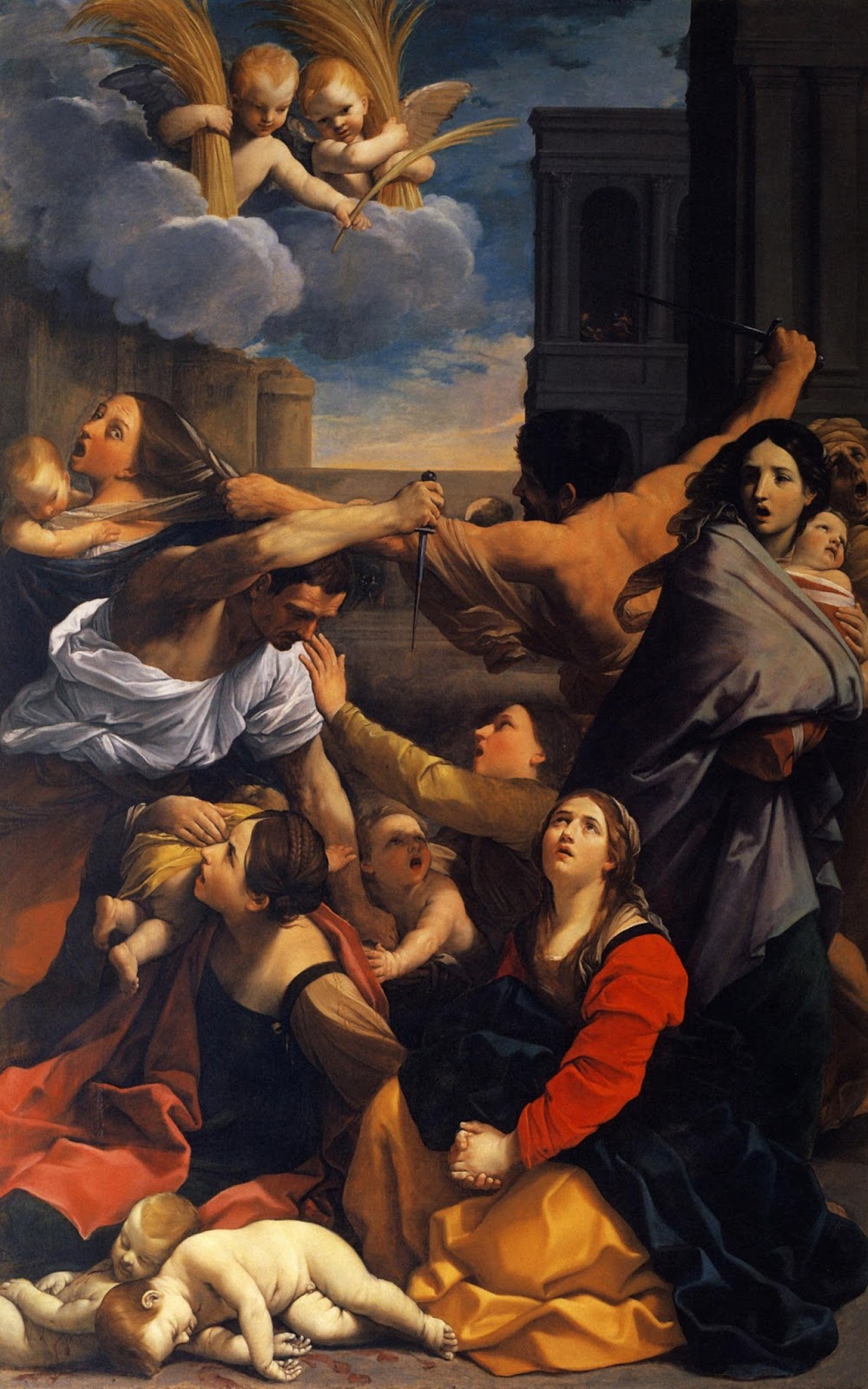Nato da genitori irlandesi missionari in Nigeria, si trasferisce da piccolo a Belfast nell'Irlanda del Nord e li si formerà artisticamente per poi studiare i grandi artisti nei musei più importanti d'Europa.
Ken Hamilton ha studiato all'Università dell'Ulster presso il Belfast College of Art.
Cercando di conoscere la scienza dell'arte, Hamilton ha trascorso molto tempo a ricercare e sperimentare per imparare come nessun altro aveva fatto prima.
Al contrario di altri pittori, le opere di Hamilton non ritraggono tanto le sue stesse emozioni; invece hanno rivelato il mondo in cui viviamo oggi e ciò che sappiamo del nostro mondo oggi.
Le opere di Ken sono state esposte a Belfast, Dublino, Londra e New York.














